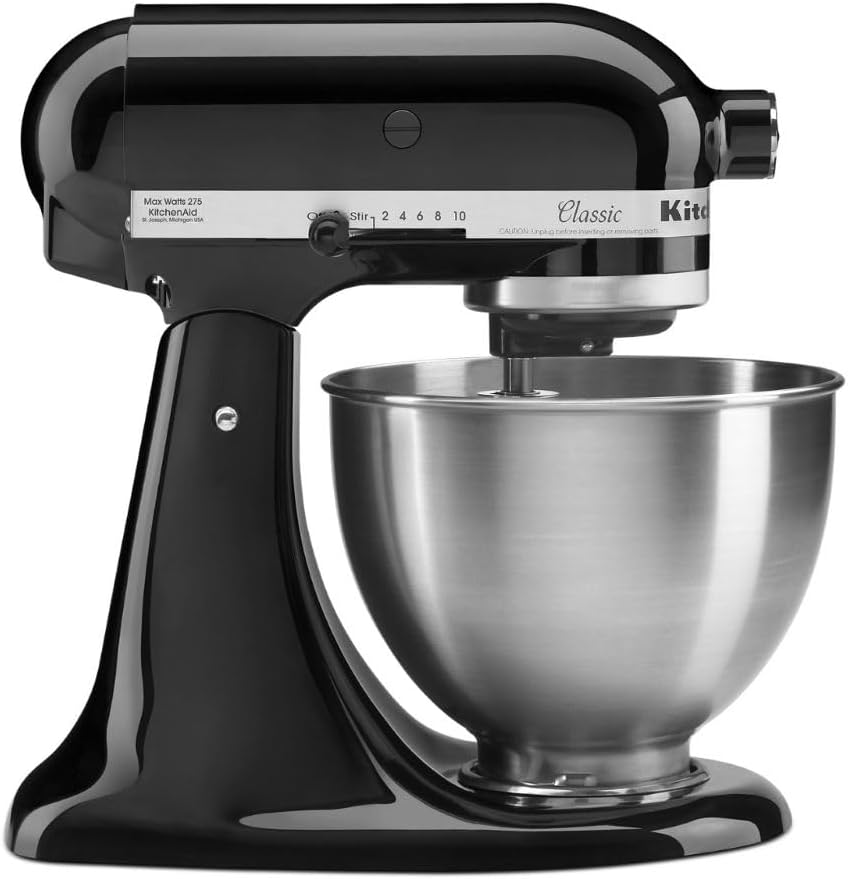The global price of gold rose above $3,000 an ounce on March 14 and has stayed close to or even above that price ever since. That figure is relevant because of what it says about investors: they’re spooked.
Gold can fluctuate in price but tends to hold its value better than most global commodities for two reasons. First, there is well-established, long-term demand for the precious metal for all kinds of wants and needs — from wedding rings to home electronics to aerospace applications. Second, it is not easy to quickly increase the supply.
Investors are facing tariff-driven volatility in markets that has wiped out over $9 trillion in wealth since President Donald Trump’s inauguration on Jan. 20 and at least temporarily tanked many a 401(k). In the midst of that financial chaos, gold is looking shinier than ever.
Investment bank Goldman Sachs had predicted that gold would rise to $2,890 by the end of this year. It had to revise that forecast upward to $3,100 per ounce by the end of 2025, a figure that may again have been too cautious.
To get a handle on just what is happening with gold prices, the Washington Examiner, well, examined the 10-year trend in prices. Overall, the price is up, up, up, but lately it’s way up.
The price of an ounce of gold on April 2, 2015 was $1,200.90. Exactly one decade later, it was $3,166.20 for the same quantity, an increase of over 163%.
Inflation had eaten away some of the value of the dollar over that decade, of course, but not to that extent. It would take $1,619.56 today to match the purchasing power of $1,200.90 in April 2015, according to an inflation calculator provided by the Bureau of Labor Statistics.
So $1,700 an ounce is roughly the price that gold would be if it had simply tracked with inflation. Instead, gold was at $3,035 per ounce at the time of this writing, or not quite double that amount — yet.
Further scrutiny showed that most of the increase in gold prices happened over the last year. In roughly the three years prior to that, between the beginning of 2021 and the end of 2023, gold was a few hundred dollars under or just over $2,000 an ounce.
An unusually volatile presidential election year helped make 2024 a bad year for many businesses. That sluggish performance and now Trump’s unilaterally imposed tariff regime both appear to have fueled gold’s upward climb.
The new gold rush
While the supply of gold cannot be easily increased, some existing gold can be repurposed. The investors’ flight to gold has pushed the price up to the point that many people who had even small amounts of the metal are looking for ways to cash in.
Some people are scraping trace amounts of gold out of old VCRs, and thus junking those machines that still work in the process. The VCR story is only one small data point in this modern rush to cash in. Some other prominent, amusing, and occasionally horrifying examples include:
>The jewelry industry is responding to the elevated price of gold in a number of ways, including raising prices, exploring cheaper lab-made diamonds to offset the rising price of gold, pushing some gold-plated items over their solid gold counterparts, and offering ready cash to people who have old wedding rings and bands that they no longer want. “Absolutely, I’ll take all you got,” said Steve Chuke, owner of Jewel King Jewelers, to the Cincinnati TV station WCPO. He and other jewelers might pay $500 or more for an old wedding band, the station reported.
>Admiral Insurance sent a message to its customers and the general public reminding them to double-check their coverage for jewelry, watches, and other baubles. Rising prices could mean that they are “underinsured,” which would mean that claims would not cover the full cost of replacement in the event of theft or loss.
>Many Britons, who by reputation have suffered from some of the world’s worst dental work, are now having teeth with gold extracted and using that to pay bills. “Some have resorted to removing gold crowns to raise cash to pay bills, which is distressing,” one gold buyer told the Sun newspaper. On the other hand, that same buyer said that, in April, many people’s bills were set to go up and that “trading in their gold is a good option” to cover those bills.
Trump’s gilded touch
Trump himself has always liked gold. He uses it in his businesses and residences. His Oval Office has been redecorated with gold accents. The emblem for the program that he wants to create to allow foreigners to buy a path to American citizenship would be called a gold card.
There were even rumors that Trump owned a golden toilet, though those turned out to be false. While flushing those falsehoods, luxury bathroom company Royal Toiletry wrote that the president’s properties are “undeniably lavish,” with his three-story Trump Tower penthouse “adorned with marble, gold accents, and crystal chandeliers” and his private jet featuring “gold-plated seat belts and other luxurious finishes.”
SOMETHING ROTTEN IN DENMARK, VANCE SAYS IN GREENLAND JAB
Under Trump, gold has climbed to new heights, as a hedge against uncertainty in a chaotic world. With more market volatility, it should be expected to continue toward the summit.
Conversely, things could settle down if the White House quickly strikes deals with many countries that are on the receiving end of Trump’s tariffs. Or Congress could end the brewing trade war by rescinding Trump’s tariff-making authority altogether. In either case, gold sales would likely drift back to earth, at a clearing price somewhere in the neighborhood of $1,700 to $2,000 an ounce.
Jeremy Lott is the author of The Warm Bucket Brigade: The Story of the American Vice Presidency.










